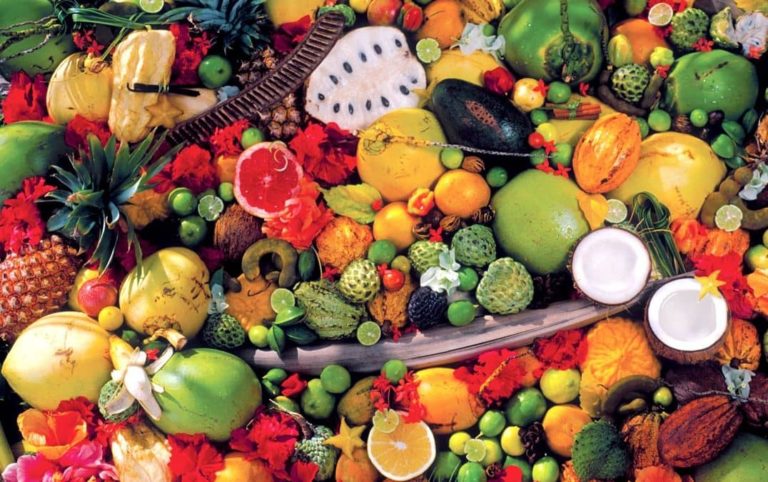Costa Rica’s culture
Visitors can visit, among other things, the National Theater, the Gold Museum, and the Jade Museum. “Ticos” (the nickname for Costa Ricans) love going to the theater to watch concerts, ballets, and operas, but also to party in nightclubs.
Concert halls, music bars, and restaurants of all kinds often offer concerts or entertainment for those who appreciate entertainment. We invite you to visit some of these venues during your stay in Costa Rica. Josefinos (residents of San José) often joke that there is one theater for every inhabitant!
Sinac and Antigua Aduana are the main venues for exhibitions and fairs. Book culture, gastronomic discoveries, festivals, contemporary art exhibitions, and local craft exhibitions take place almost every week. Access to culture is one of the country’s priorities and a deep-rooted tradition among Costa Ricans.
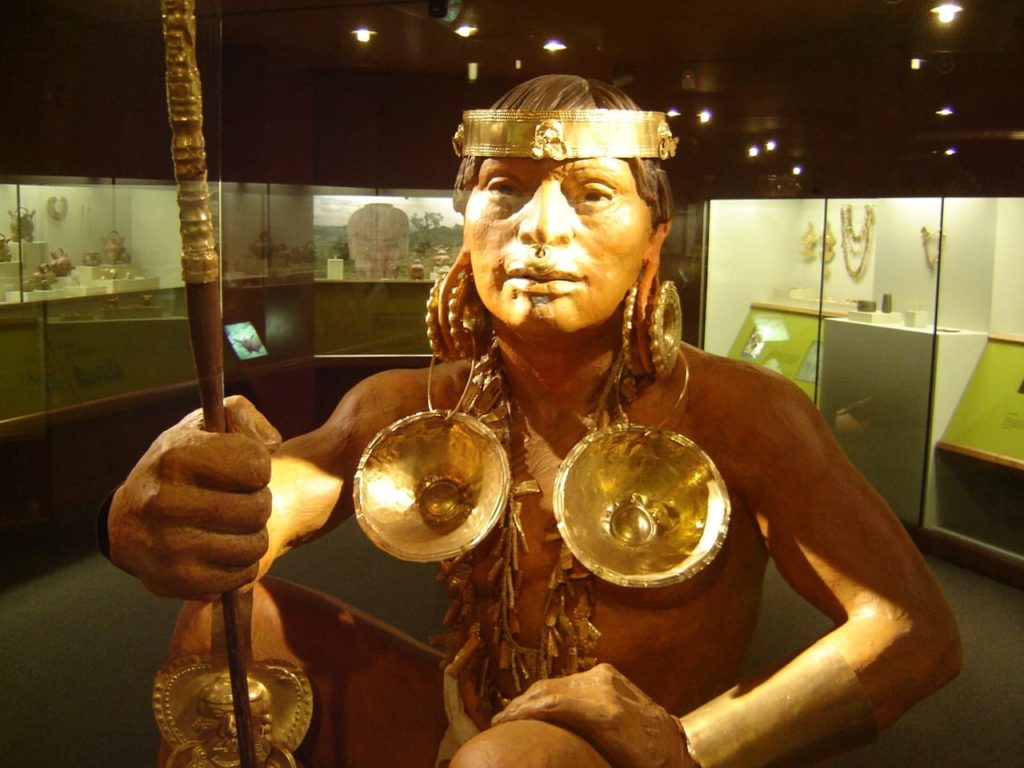
The Pre-Columbian Gold Museum
Beneath the Plaza de la Cultura, in the heart of the city, are exhibits over 2,000 pre-Columbian artifacts, including a significant collection of coins. Visitors learn about the evolution of pre-Columbian culture through gold objects, statuettes, and earrings. Religious objects demonstrate the evolution of religion over time.
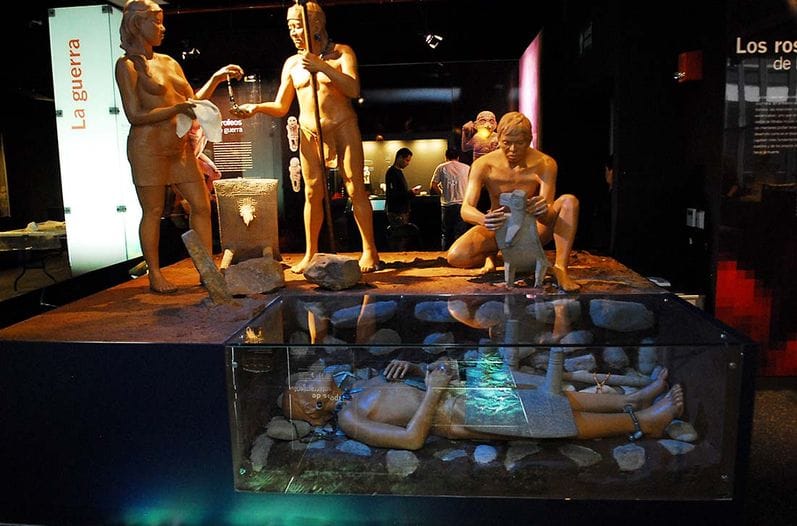
The Jade Museum
The new Jade Museum of San José opened its doors in May 2014. The contemporary architecture and exhibition halls will transport you to the past. You will discover the finest collection of pre-Columbian jade in the Americas, dating from 500 BC to 800 AD. Jade necklaces and pendants, as well as ceramics, adorn this museum.
The museum’s five floors are very well organized and offer a discovery through many new, interactive, and engaging musical elements. Children have not been forgotten and will have a fun and educational time.
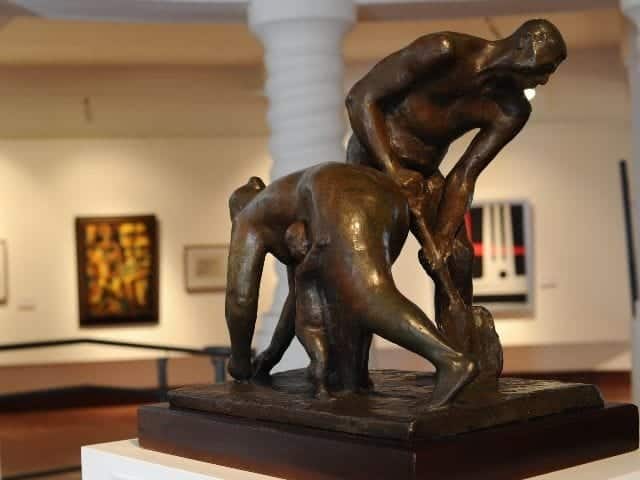
The Costa Rican Art Museum – MAC
The building that houses the MAC is a work of art in itself, well worth admiring. Built in the late 1930s in a neoclassical style, this building was Costa Rica’s first airport. It was converted into a museum in April 1978 and declared a Costa Rican Historical and Architectural Heritage Site in 1986.
With a permanent collection of over 6,400 works and a traveling collection of approximately 600 pieces, you can gain a glimpse into Costa Rican culture. Sculptures, paintings, bronzes, and woodwork are all part of the country’s entire collection.
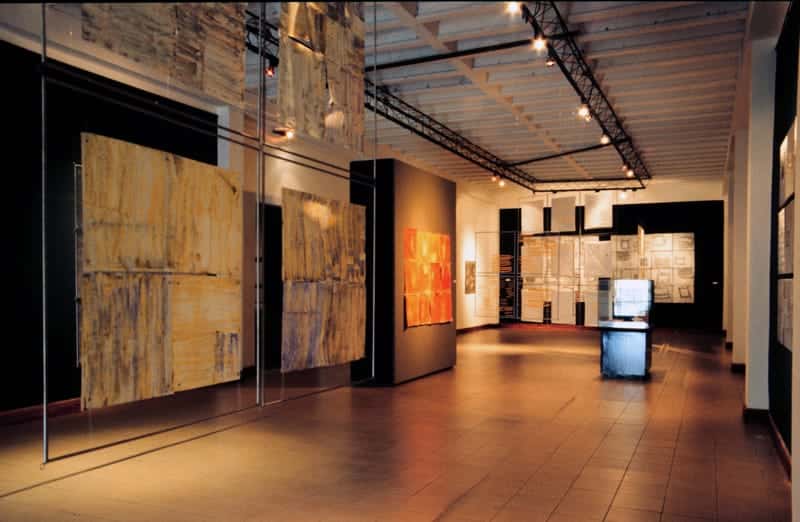
The Museum of Contemporary Art – MADC
Located in the former Costa Rican liquor factory in the historic center of the capital, it was founded in 1994. It has become a versatile and open space promoting the latest and most dynamic trends in contemporary art and design from Central America. Thanks to its four exhibition halls and an outdoor space for temporary exhibitions, the MADC welcomes visitors with a particularly pleasant atmosphere.
Finally, the MADC’s permanent collection represents an important contemporary art heritage with renowned works from Costa Rica, Central America, and international artists. A truly wonderful discovery…
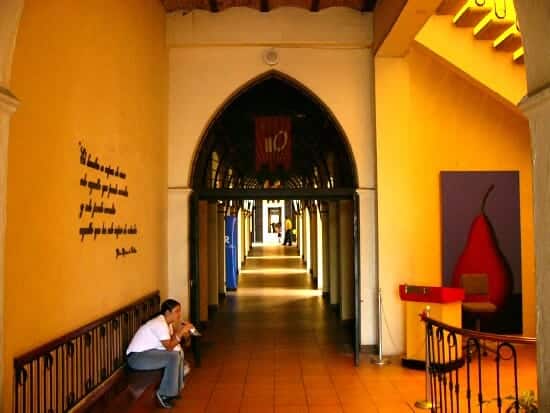
The Children’s Museum
What if you took your children on a tour of the prison? Not because they play Monopoly there, but because this former penitentiary was transformed in 1994 into a fun and educational museum.
It’s true that this castle, straight out of a children’s story, allows you to learn while playing. A festive atmosphere in a prison!
30 interactive rooms including an earthquake simulator, a tilted house to play with gravity, an animation in honor of the national astronaut, Franklin Chang Clodomiro Picado, a farm with small animals, and a banana and coffee plantation are the main attractions. Children are generally enthusiastic about their visit.
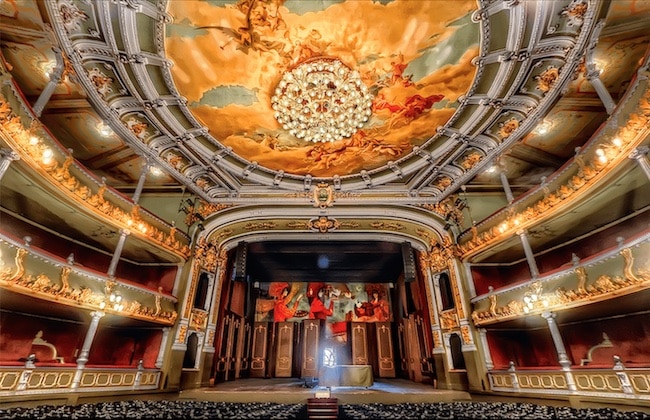
The National Theatre
Certainly the most beautiful building in the country.
Its construction began at the end of the 19th century thanks to a tax on coffee production that helped finance it. Its neo-Baroque style is adorned with frescoes evoking coffee culture, including the most famous: “Alegoría al café y al banano” (Allegory to Coffee and the Banana). It was inaugurated in 1897. Its architecture closely resembles that of the Palais Garnier, which served as a model for the architect. On the ground floor, a café-brasserie is worth a visit for its decor. Take your time and come and enjoy a meal or just a cup of tea.
Many world-renowned orchestras and theater troupes perform here.
The Costa Rican Philharmonic Orchestra holds numerous concerts here.
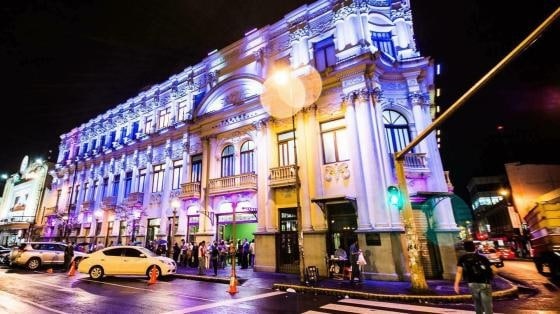
The Melico Salazar Theatre
Located in the heart of the city, the Melico Salazar Theater is one of Costa Rica’s most iconic cultural landmarks. Built in 1928 and named in honor of the renowned Costa Rican tenor Manuel “Melico” Salazar, this theater is a true architectural gem that reflects the country’s rich artistic history.
Architecture: Inspired by the neoclassical style, the theater’s façade is a marvel in itself, adorned with sumptuous details reminiscent of the great European performance halls.
Programming: The theater hosts a variety of cultural events, ranging from operas and ballets to classical music concerts, plays, and modern performances.
Gathering Place: The Melico Salazar Theater is not only an entertainment venue, but also a gathering center for local and international arts enthusiasts.
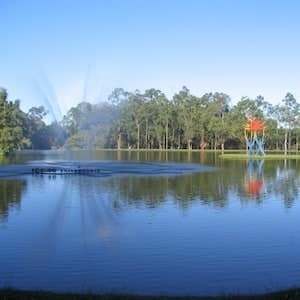
Sabana Park
First of all, it’s worth noting that this park is located on the former San José airport, and its control tower has been converted into a museum—original, isn’t it?
Next, it’s worth noting that this gigantic park has become a favorite among Ticos, attracted by its numerous sports facilities: soccer fields, basketball, volleyball, tennis, jogging paths, hiking trails, a children’s wading pool, and more. You can discover some of Costa Ricans’ favorite activities and soak up the cheerful and lively atmosphere around the activity centers.
It’s also a place of relaxation where many enjoy picnicking in the shade of the trees.
You can admire trees such as eucalyptus, Japanese cherry trees, bamboo, and African tulip trees; it’s a place where, even in the heat, it’s pleasant to walk. This is also where the government chose to build the new national stadium, inaugurated in 2011, whose architecture will surprise you. In other words, it is the ideal place to relax in the heart of San José.
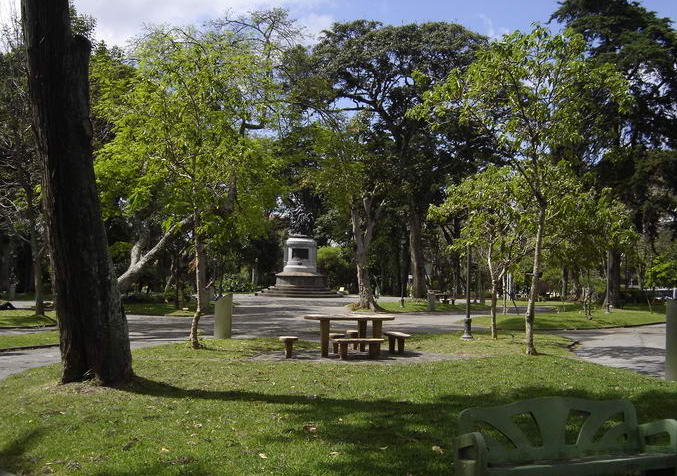
The national park
Got a few hours to spare before heading out again? Head to the National Park, where locals love to stroll. It’s one of the city’s largest parks, located between Avenues 1 and 3, and Streets 15 and 19.
The new pedestrian zone south of the park and its trees invite you to take a bucolic stroll.
The national monument at its center is a representation of the Central American nations driving out the invaders and, in particular, commemorates the Battle of Rivas, where Juan Santamaria, a national hero, enabled Costa Rica to liberate Nicaragua from the yoke of the filibuster William Walker. In other words, a symbol for the country.

Costa Rican cuisine reflects its culture: friendly, generous, and authentic. It is distinguished by the use of fresh, local ingredients, such as rice, black beans, tropical fruits, and a variety of vegetables.
During a stay in Costa Rica, it would be a shame to miss out on the richness of this cultural aspect. For example, you must try a casado: a complete dish made with meat or fish, rice, beans, and plantains.
San José’s Gastronomic Walk
San José offers the greatest variety of gastronomic options in Costa Rica.
The Paseo Gastronómico is a true culinary journey through the heart of the Costa Rican capital. Located mainly in the La California and Escalante neighborhoods, this route has become a must-see destination for lovers of fine cuisine and culinary discoveries.
A booming neighborhood
The Barrio Escalante neighborhood, with its streets lined with restaurants and cafes, is often considered the center of the Paseo Gastronómico. Here, culinary creativity is in the spotlight, offering a fusion of local and international flavors. You’ll find establishments serving modernized traditional Costa Rican dishes, as well as a wide variety of international cuisines, from Italian to Asian, including street food concepts. It’s a place that brings people together and encourages celebration.
Culinary Experience
The restaurants along Paseo Gastronómico emphasize the use of fresh, local produce while incorporating contemporary techniques. Whether for a casual brunch, a gourmet dinner, or simply a coffee break, this neighborhood offers a varied and friendly experience.
This article is far from exhaustive. We recommend that when planning your trip and researching tours in Costa Rica, you take these elements into account to ensure a trip that suits you. We are also here to advise and guide you in your desires.
A recent look at Costa Rica
Why travel with us?

A flawless reputation since 2008

A single contact in French

Our presence on the ground all year round

Our expertise for a tailor-made offer



